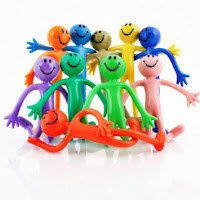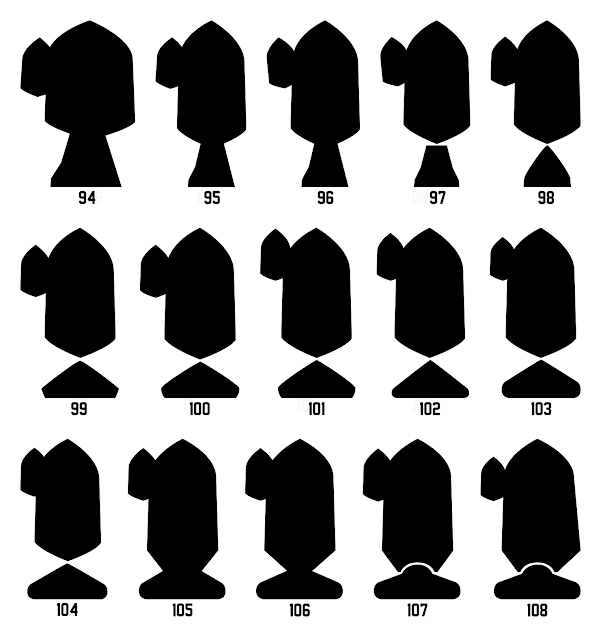Below I have looked into multiple popular TV and web series intros aimed at or enjoyed by a child and/or teenage audience, and have written about various aspects of them, including the presentation of characters, use of camera, colour and music.
 |
| The Simpsons HD Intro with Thirds Grid |
 |
| Secret Millionaires Club Intro with Thirds Grid |
 |
| Glee Season 01 Intro with Thirds Grid |
 |
| Fizzy's Lunch Lab Intro |
Camera
Simple camera movements are used and the intros hold a strong awareness of the rule of thirds; points of interest exist within the centre of the frame wherever possible and the camera leads you directly towards them.
Static camera shots as well as left, right and especially forwards dolly shots are a successful combination. For the animated examples, camera rotations are absent, while within the live-action Glee example, any use of camera rotation is only subtle, such as via panning.
Characters
In The Simpsons (TS), Secret Millionaires Club (SMC) and Glee intros, establishing the characters personalities is clearly an important factor. This is achieved through their physical activities, emotions or a snapshot of their everyday lives. The muscle character's personality of Fizzy's Lunch Lab (FLL) is also well presented via his pose and expression.
Colour
Regarding the animated examples colour saturation and brightness primarily ranges between mid to high, giving a happy, positive vibe to the animation while also making it eye catching; yellows, greens and blues are much used examples, while purples and red are less used. In the case of FLL where the red & white plaid background is deliberately reminiscent of a tablecloth.
Episode Title
Whilst visually The Simpsons differentiate their episodes via their various couch gags, SMC and FLL both show the title of the episode. SMC shows the title name over an exterior shot, while FLL presents their episode name in an interesting and appealing way alongside a muscle character relevant to the episode; a way of presentation I find appealing.
Due to the shorter nature of web series when compared those on television it would be necessary for the intro sequence of my Elements Academy web series to be short, perhaps around 10-15 seconds long for a 4 minute episode, allowing enough time for the episode to play out without feeling rushed.
Locations
The intro sequences introduce the audience to some of the locations they'll see during the series, with shows focusing on a single location the intro can involve an exterior shot, such as in FLL or a corridor shot as shown in the Glee intro.
Logo
In most cases the logos are presented to the audience in an interesting way, and are designed in a way that grabs the audience's attention, either by the way it enters, such as constructed by machinery in FLL, or moving toward the camera in The Simpsons intro, or via its design, colours scheme or a combination of all three. A great example of this is the use of complementary colours yellow & blue for The Simpsons logo. Each logo remains on screen for around 4-5 seconds.
Music
Whilst not directly presented here, a very useful even very important aspect of a successful series intro is a catchy and interesting theme tune. For a child to young teenage target audience having a theme tune with catchy vocals can sometimes be even more useful for drawing the viewer's attention, however this does depend on the energy and mood of the series itself, but this can also be achieved via interesting visual stimuli.





































